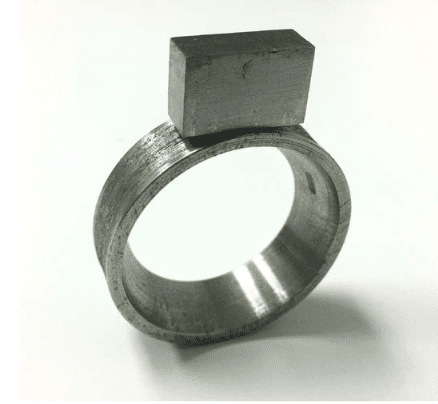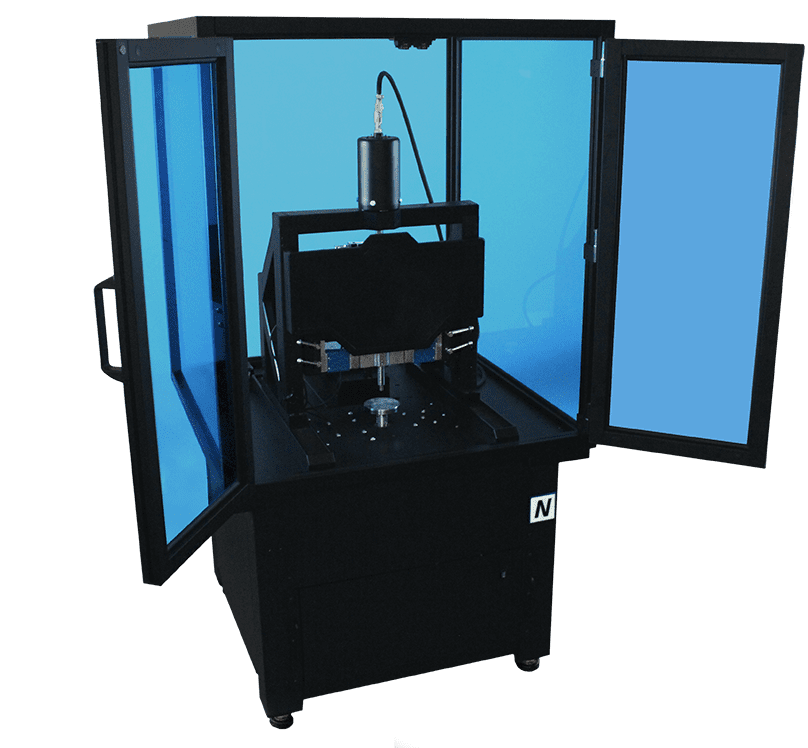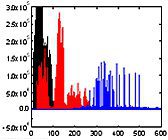
Block-On-Ring Module
Previous
Next
Block-on-Ring Test is a widely used technique that evaluates the sliding wear behaviors of materials in many different simulated conditions.
How does it work?

A Block-On-Ring test allows a reliable ranking of material couples for
specific tribological applications.
A block is pressed down on a rotating ring.
Extreme Versatility
STANDARDS
- ASTM G77
- ASTM G137
* Instrument parameter limits may differ from those specified within the standard.
Properties Analyzed
- Friction Coefficient
- Wear Rates
- Failure Points
- Lubrication Studies
- Friction vs Speed
- Friction vs Load (T2000)
SENSORS
- Depth
- Acoustic Emission
Rotating Lower Sample
- Ring (34.98mm outer diameter) – material can vary
- Rotating speed capability up to 5,000 rpm
Fixed Upper Sample
- Steel Block (15.75×10.16×6.35mm)
(Diamond, WC, Rubber and many other materials) - 3, 6, 10 and 25mm ball
- Custom ball sizes
- Custom Pins
- Flat Plate
- Custom geometries
Environmental Conditions
- Liquid Cup and Liquid Heating up to 150 °C
- Lubrication Drop by Drop
- Humidity Control
- Cooling Chamber -40 °C
- Various Gases
- Vacuum (Custom)
- Cryogenic Adapter (Custom)












